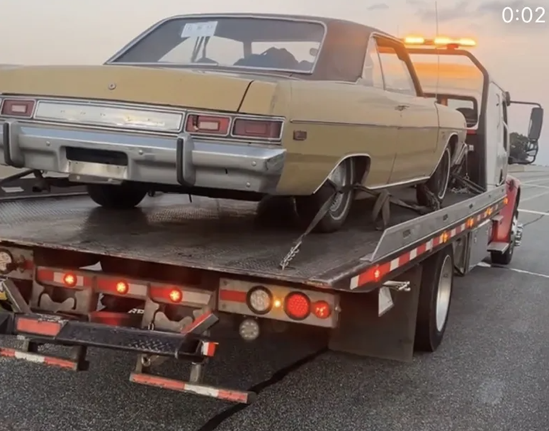On to the weighty matters!
Having said I would hold off on posting anything on the ongoing DC soap opera until tonight to let things shake out and settle down to at least some degree, I realize now as I should’ve all along that things are about as settled down and shaken out as they’re ever going to be, even can be, ackshully. That being the case, let’s talk about something of genuine interest and import, shall we?
The spectacular rise and surprising staying power of the George Foreman Grill
The grill made its debut 30 years ago. Tons of people still buy them
Leon Dreimann still remembers the flashing red lights.
He was at the QVC Studios in Pennsylvania watching his business partner George Foreman chat with two co-hosts during a TV spot for Foreman’s namesake grill. The pair got carried away in their conversation and forgot about the heavyweight prizefighter standing with them. Foreman improvised, grabbing a burger fresh off the grill, placing it between two buns, and taking a bite on live TV.
Suddenly, the phone lines were overrun with callers. QVC shifted into emergency mode.
“Literally, a red siren light starts blaring in every corridor,” says Dreimann, then the CEO of Salton, Inc., the exclusive seller of the Foreman Grill.
Workers at the QVC Studios called it “going red.” Dreimann says he looked on as janitors, accountants, and warehouse workers stopped what they were doing and grabbed the nearest phone, taking sales calls to assist the overwhelmed operators — the fervor induced entirely by the boxer’s snap decision to eat a hamburger.
Such was the allure of Foreman and the George Foreman Grill during its late 90s and early 2000s heyday.
This year marks the 30-year anniversary of the grill, officially known as the George Foreman Lean Mean Fat Reducing Grilling Machine. After a slow start, it became an indelible part of ‘90s consumer culture and the world’s most popular product for cooking hamburgers, hot dogs, salmon, and just about everything else (Oprah Winfrey preferred it for bacon).
Lots, lots more to the story, and as any reasonable person would imagine it’s some truly gripping stuff. Don’t make me say it, just go on and do it already; I promise you won’t regret it. I mean come ON, man, it’s George Foreman we’re talking about here! And fer Christ’s sweet sake, who doesn’t love GEORGE?!?
(Via MisHum)





















 - Entries
- Entries